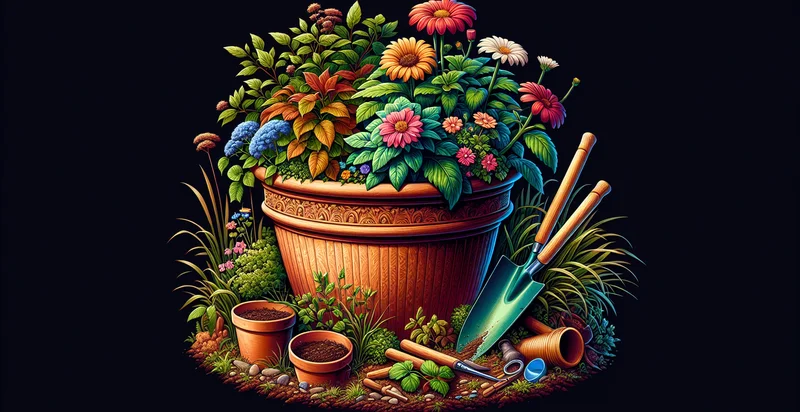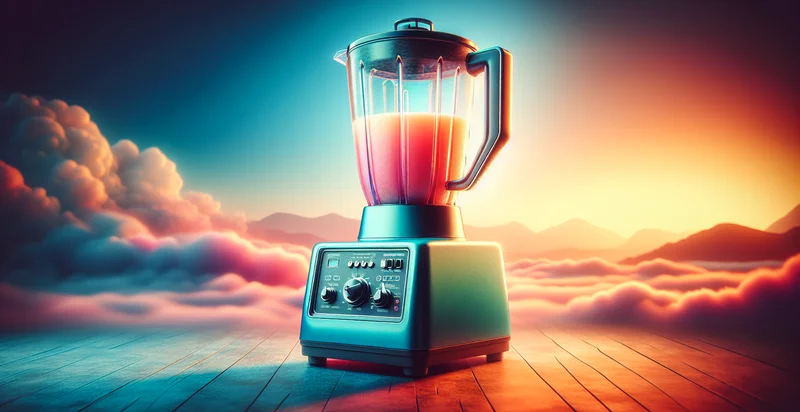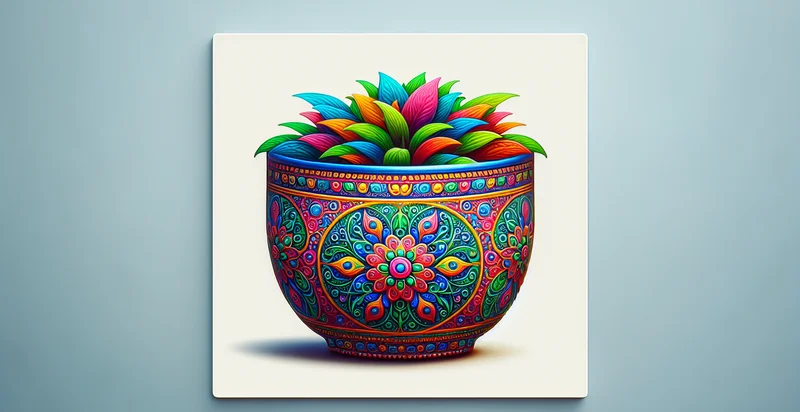Identify the color of a flower pot
using AI
Below is a free classifier to identify the color of a flower pot. Just upload your image, and our AI will predict the color of a flower pot - in just seconds.

Contact us for API access
Or, use Nyckel to build highly-accurate custom classifiers in just minutes. No PhD required.
Get started
import nyckel
credentials = nyckel.Credentials("YOUR_CLIENT_ID", "YOUR_CLIENT_SECRET")
nyckel.invoke("the-color-of-a-flower-pot", "your_image_url", credentials)
fetch('https://www.nyckel.com/v1/functions/the-color-of-a-flower-pot/invoke', {
method: 'POST',
headers: {
'Authorization': 'Bearer ' + 'YOUR_BEARER_TOKEN',
'Content-Type': 'application/json',
},
body: JSON.stringify(
{"data": "your_image_url"}
)
})
.then(response => response.json())
.then(data => console.log(data));
curl -X POST \
-H "Content-Type: application/json" \
-H "Authorization: Bearer YOUR_BEARER_TOKEN" \
-d '{"data": "your_image_url"}' \
https://www.nyckel.com/v1/functions/the-color-of-a-flower-pot/invoke
How this classifier works
To start, upload your image. Our AI tool will then predict the color of a flower pot.
This pretrained image model uses a Nyckel-created dataset and has 12 labels, including Black, Blue, Brown, Gray, Green, Multi-Color, Orange, Pink, Purple and Red.
We'll also show a confidence score (the higher the number, the more confident the AI model is around the color of a flower pot).
Whether you're just curious or building the color of a flower pot detection into your application, we hope our classifier proves helpful.
Related Classifiers
Need to identify the color of a flower pot at scale?
Get API or Zapier access to this classifier for free. It's perfect for:
- Retail Inventory Management: Flower shops can utilize the color classification function to streamline their inventory management process. By automatically identifying the color of flower pots, businesses can quickly assess stock levels and identify popular colors, ensuring they always have the most sought-after items available.
- E-commerce Product Listings: Online retailers can enhance their product listings by using the flower pot color classifier to categorize items accurately. This will improve searchability and customer experience, as buyers can easily filter products based on their preferred pot colors, leading to higher conversion rates.
- Visual Merchandising Automation: Businesses in the gardening and home décor sectors can leverage this function to optimize visual merchandising displays. By analyzing the colors of flower pots used in various displays, retailers can adjust their arrangements for aesthetic appeal and to promote color coordination that attracts customers.
- Market Trend Analysis: Market analysts can employ the color identification function to study trends in flower pot colors over time. This data can provide insights into consumer preferences and seasonal variations, allowing businesses to adapt their offerings according to emerging trends.
- Personalized Marketing Campaigns: Companies can use flower pot color data to create personalized marketing campaigns tailored to individual consumer preferences. By identifying popular colors among specific demographics, businesses can send targeted promotions, thereby increasing customer engagement and sales.
- Quality Control in Manufacturing: Manufacturers of flower pots can implement the color classification function for quality control purposes. By ensuring that only pots meeting specific color criteria move forward in the production process, they can maintain branding consistency and reduce returns due to color discrepancies.
- Customer Feedback and Sentiment Analysis: Businesses can analyze customer feedback related to flower pot colors by applying the classification function. By understanding which colors receive positive or negative sentiment, companies can refine their product offerings and improve customer satisfaction based on preferences.


